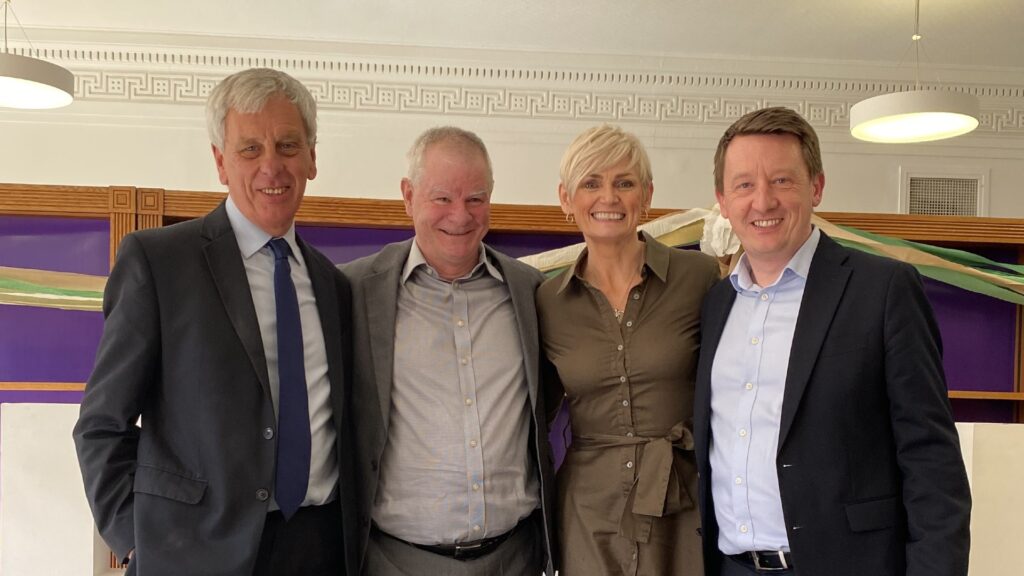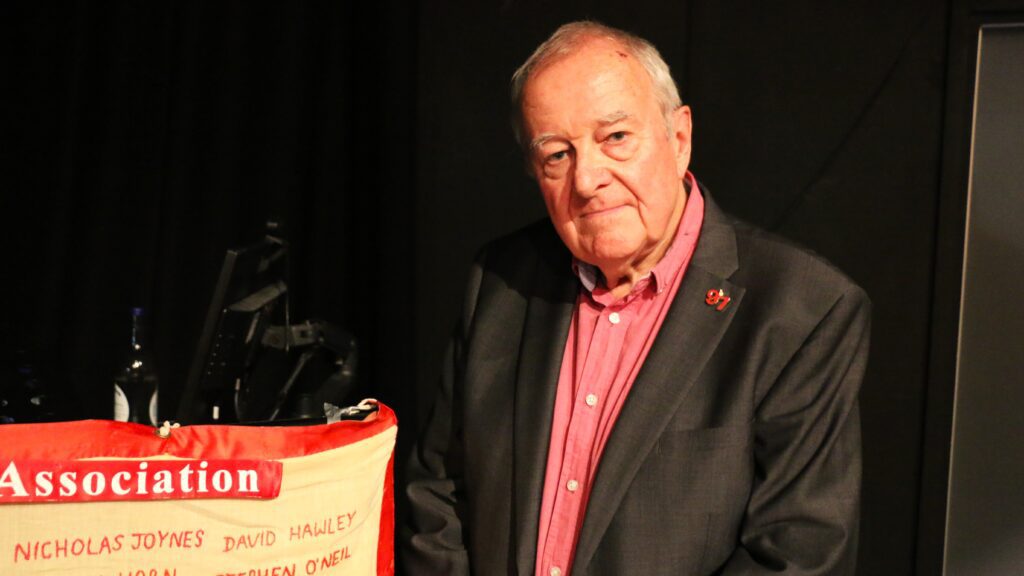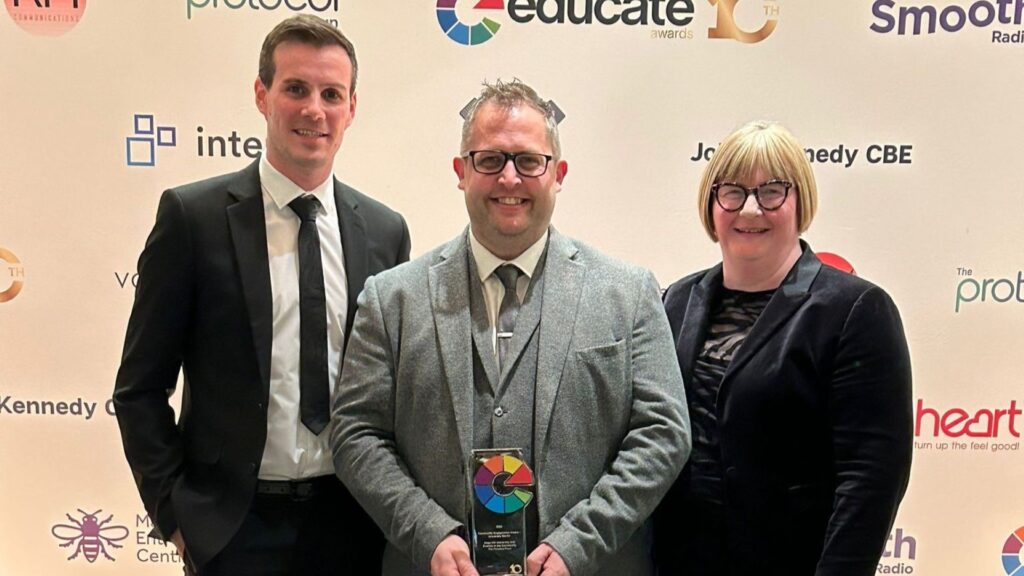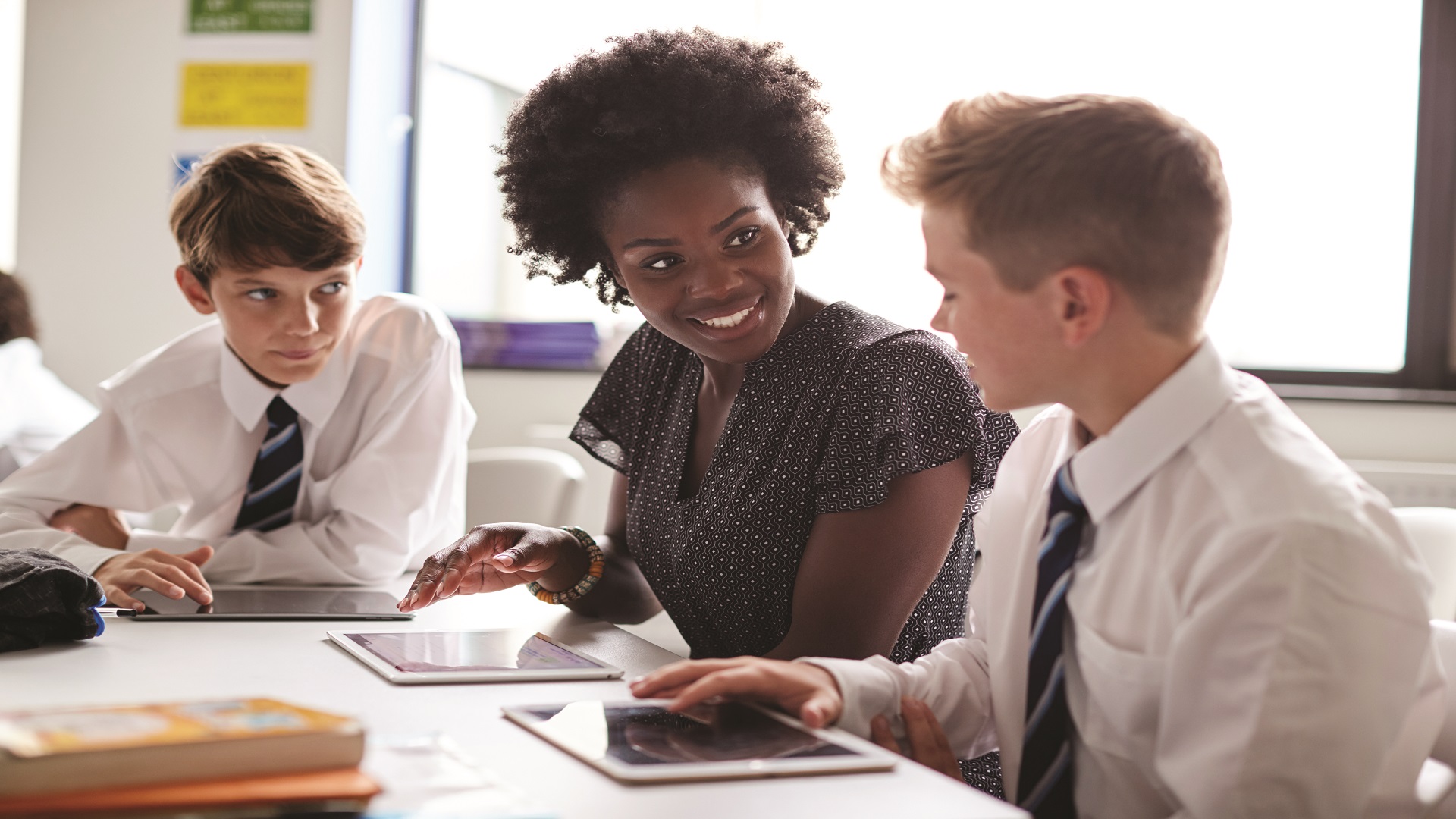
Senior lecturer in Primary Education, Sarah Hallam, is one of the UK’s leading education professionals when it comes to technology. Sarah won the prestigious Educate North: Teaching Excellence award last year, and as one of very few UK Apple Distinguished Educators, she has had a dramatic impact on the way technology is used in classrooms to support teaching and learning. We sat down with Sarah and asked her to tell us about the relationship between teaching and technology, as well as some of her most memorable moments in the classroom.
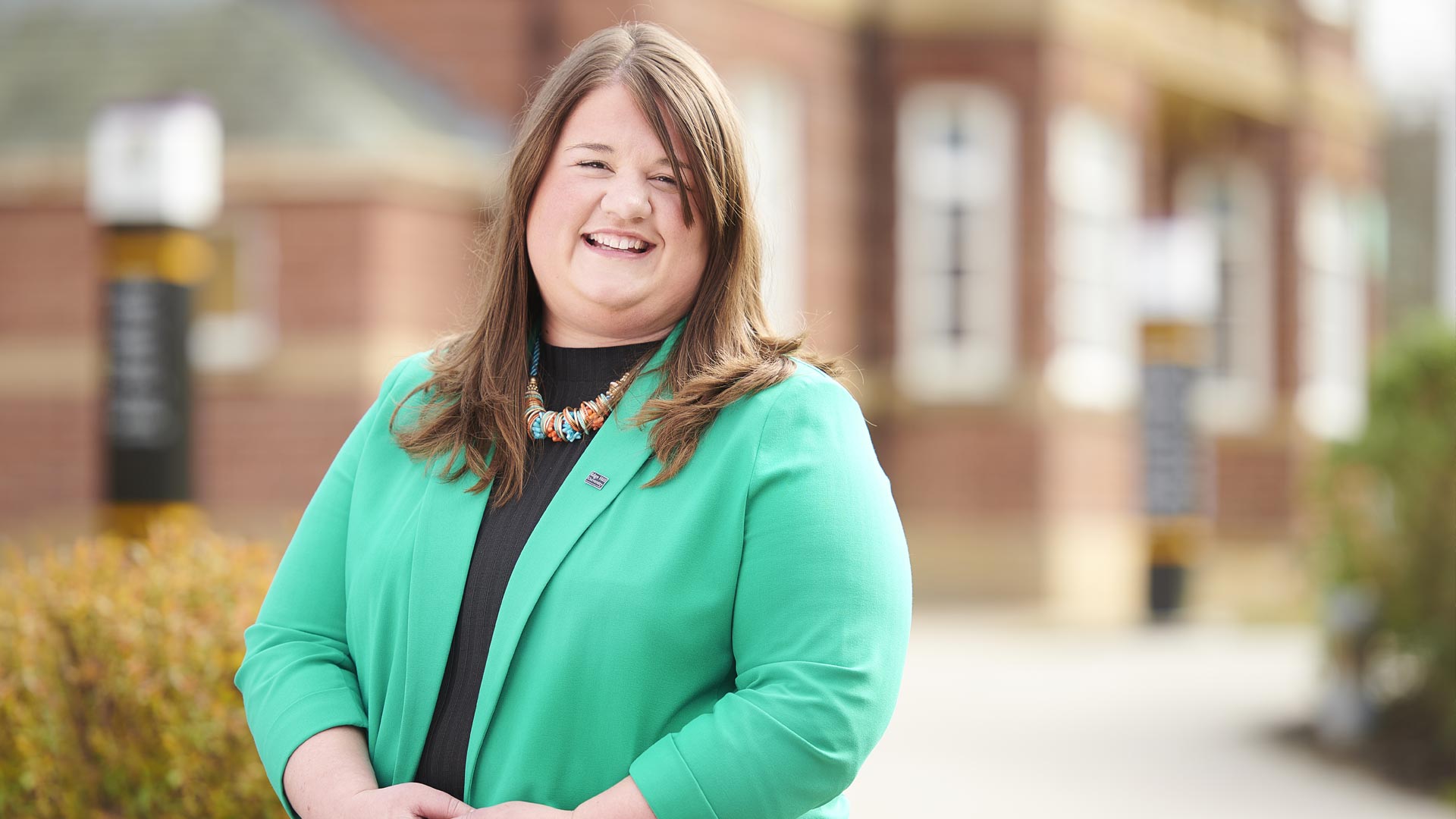
We’ve been shortlisted for national awards for our work with technology so I’m incredibly proud of how our students embrace it.
Sarah Hallam. Senior Lecturer in Primary Education
Tell us about your relationship with technology
My relationship with technology hasn’t always been a harmonious one – I was a real technophobe. I remember being terrified of technology during my training and struggled to plug my laptop into my board when I first started teaching. My first post was in a challenging school and I quickly saw the difference it could make in engaging my pupils. From then, I was hooked! Now it’s a real part of my everyday life – I love using it professionally but it’s also something I use lots at home; having smart technologies around just makes things easier.
What impact has technology had in your classrooms?
Technology is too young for us to know the definitive impact it can have on learning. What we do know is that it can be a brilliant way to engage children. I recently taught some children at one of our partnership schools on the Isle of Man – we used virtual reality to help the children explore places that they just couldn’t get to on a normal school trip. We had eight year olds swimming with whales and watching their faces (and them swimming in chairs!) was joyful. Technology can also be a vital element of a teacher’s toolkit for workflow; making assessment more efficient, keeping richer tracking and stronger analytics. If I had to pick my favourite piece of technology to use when teaching, I’d say the iPad is a game changer. Despite it being only ten years old it has made a real difference to teaching and learning.
How have you imparted your passion for teaching with technology with the trainee teachers at EHU?
I think enthusiasm is infectious – it’s about modelling not just a positive use but a critical eye. If I had a quid for each time I’d been asked ‘is there an app that…’ I’d have a private island somewhere fancy! So we always start with the pedagogy with our students. It’s vital to understand the ‘why’ behind technology. Our students certainly share my enthusiasm and that has led to initiatives such as TEL Bootcamp, where we spend a Saturday exploring technologies, and the development of Digital Leaders – a student led group of technology specialists. We’ve been shortlisted for national awards for our work with technology so I’m incredibly proud of how our students embrace it.
You are one of a small number of UK Apple Distinguished Educators – can you tell us about what this involves?
The Apple Distinguished Educator (ADE) programme is pretty esteemed. Applications only open once every two years and there are thousands of applications. It was a tough process – responding to reflective questions and producing a video that is then reviewed by other ADEs. There are only 2447 of us globally, so it was a really proud moment for me when I achieved it. The best part of being an ADE is the collaboration. It gives me access to pioneering educators all over the world to collaborate with and share best practice which I then get to bring back to EHU!
What is your most memorable moment of teaching with technology?
I had a child in a year four classroom who had some real difficulties with motor control. He was incredibly engaged and so excited to learn but often felt really conscious of his written work. We did a piece of English work on describing a Hogwarts like building – he asked if he could do it in a different way. We’d been exploring Minecraft and he produced a ‘fly through’ video of his own Hogwarts model in the game complete with the most enthusiastic and expressive voice over. I was in tears. It was an absolute moment of joy for that child – and everyone else in the class.
How do you see the future of teaching progressing as technology continues to evolve?
I often get asked if teachers will be replaced with robots or Google. In reality, technology is there to support, enhance and augment the skills that teachers have in the pedagogies of learning and teaching. I’d hope that technology will continue to progress around accessibility – allowing possibilities that are equal to everyone. I also love how it opens the world up for learners, being able to take your class on a ‘trip’ to the Guggenheim with technology is brilliant.
What advice would you give to current or aspiring teachers who are thinking about implementing more technology in their teaching?
Start with the ‘why’. Always think about the pedagogy first and let the technology become a natural part of it. Also, be willing to learn and adapt – part of that is failing! Technology will always go wrong at some point and it can frighten some teachers to think that will happen when they’re at the front of the class. Actually, it’s a real opportunity to model resilience to your children – it’s all about having a go.
One of my favourite parts of my job is working with teachers and partnership settings to enhance their confidence and capabilities with technology – it’s all about finding out what works for you and your learners.
December 19, 2022
